Worried about your appliances freezing up during Maple Ridge’s unpredictable winter weather? You’re right to be concerned – frozen appliance water lines cause an average of $10,000 in water damage claims, and emergency repairs cost 2-4 times more than preventive maintenance.
I’ll never forget the panic in my neighbor’s voice when she called me last February morning. Her washing machine had been making strange noises, and when she went to investigate, she found water pooling across her laundry room floor. What started as a simple frozen water line turned into a $7,000 insurance claim after the pipe burst and flooded her basement. Unfortunately, this scenario plays out far too often in Maple Ridge homes during our harsh winter months.
The thing is, most homeowners don’t realize how vulnerable their appliances are to freeze damage until it’s too late. Between our elevation changes, proximity to the Fraser River, and those brutal temperature swings we get in the Lower Mainland, Maple Ridge creates the perfect storm for appliance water line failures. Your refrigerator’s ice maker, washing machine hoses, and dishwasher connections are all sitting ducks when temperatures plummet below freezing.
What makes this even more frustrating is that 80% of freeze-related appliance damage is completely preventable with the right preparation. Professional appliance water line repair in Maple Ridge costs significantly less than dealing with flood damage after the fact, yet most homeowners wait until disaster strikes. In this comprehensive guide, I’ll walk you through everything you need to know about protecting your appliances from freeze damage, recognizing early warning signs, and responding effectively when problems do occur.
Key Outtakes:
- Frozen appliance water lines can cause thousands in damage, with average insurance claims reaching $10,000 for plumbing-related water damage
- Emergency appliance repairs cost 2-4 times more than preventive maintenance, with service fees alone ranging from $140-$400
- Simple winterization steps performed before cold weather can prevent 80% of freeze-related appliance damage
- Maple Ridge’s freeze-thaw cycles create unique risks requiring year-round vigilance, not just winter preparation
- Professional water line insulation and automatic shutoff systems provide the most reliable long-term protection
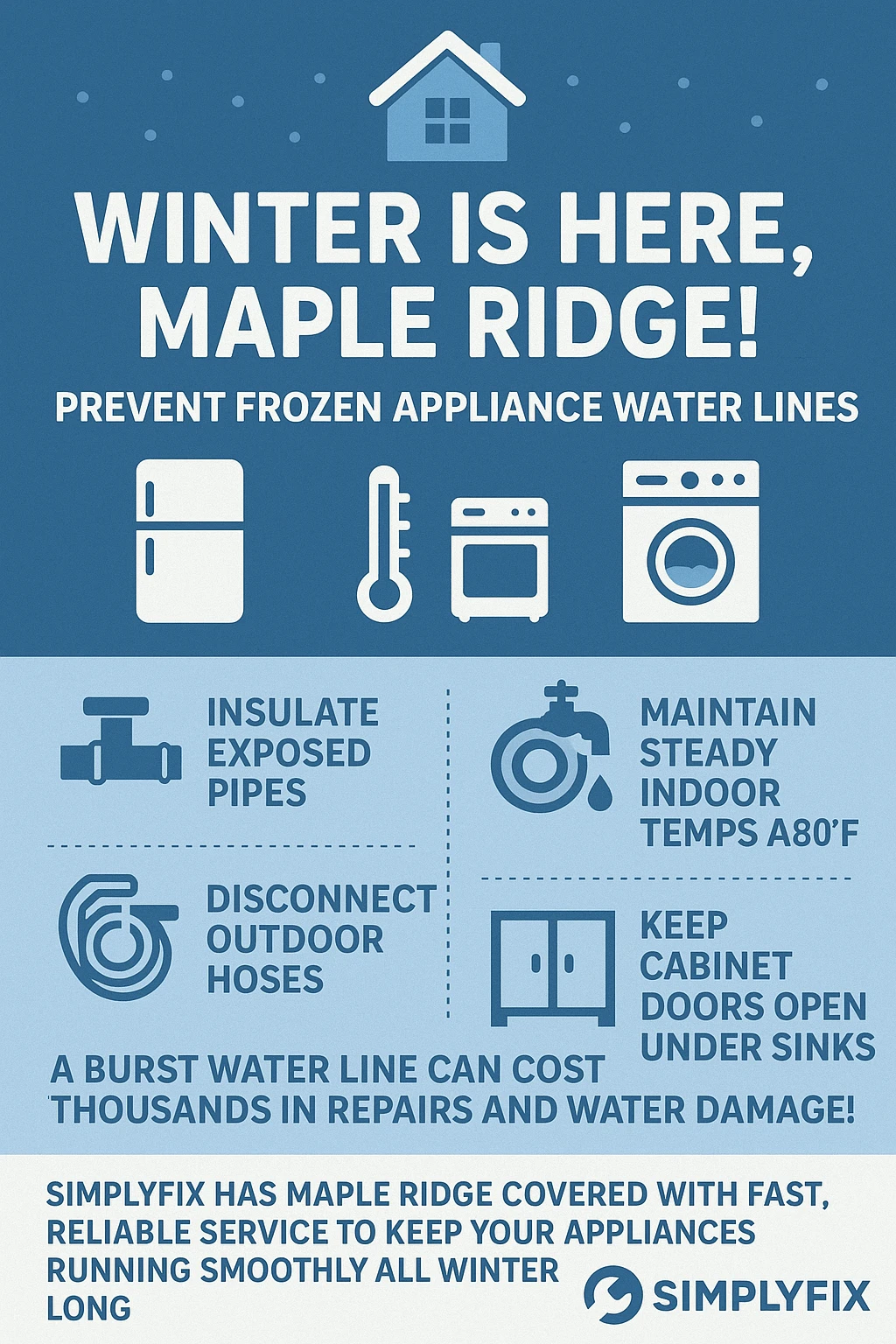
Understanding How Cold Weather Attacks Your Appliance Water Lines
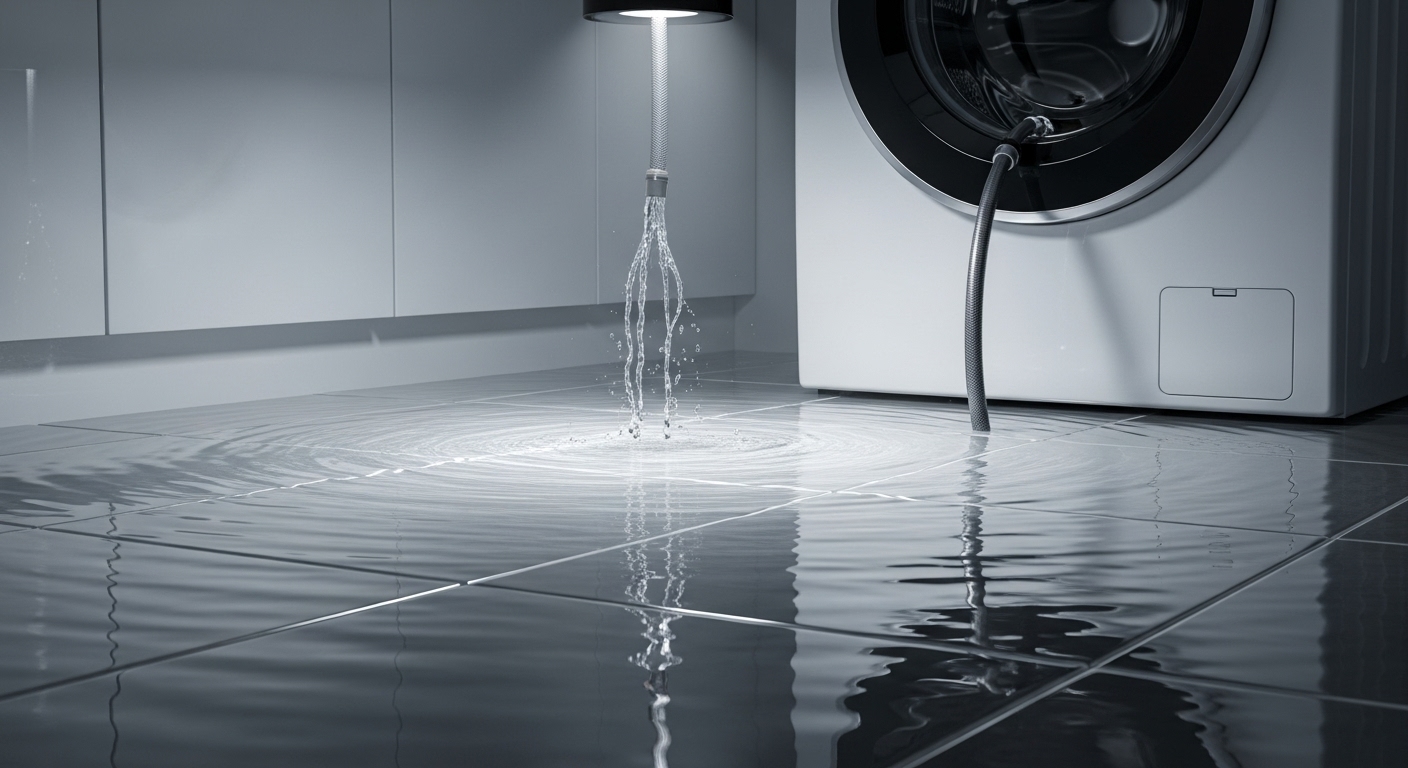
Let’s get real about what we’re dealing with when winter hits Maple Ridge. The science behind frozen appliance water lines is actually pretty terrifying when you understand the forces involved. When water freezes, it expands by about 9%, creating pressures that can reach up to 25,000 pounds per square inch inside your appliance connections. To put that in perspective, that’s enough force to crack a cast iron pipe like an eggshell.
Here’s what most people don’t realize about our local climate – Maple Ridge isn’t just dealing with straightforward winter conditions. Our elevation changes from the Fraser River up to the North Shore mountains create microclimates where freezing can occur at different temperatures and times. While frozen pipes generally occur below 20°F, freezing can happen above that threshold as well, especially if you have uninsulated pipes running through an uninsulated space. In areas like Albion or up toward Kanaka Creek, you might see freezing conditions when downtown areas are still above the danger zone.
The domino effect of appliance water line freezing is where things get expensive fast. When water freezes, its expansion causes pipes to burst, and this poses a risk of both internal damage within your refrigerator and potential water damage throughout your home. I’ve seen cases where a simple frozen ice maker line led to water damage in multiple rooms because the homeowner didn’t catch it quickly enough.
What makes our situation in Maple Ridge particularly challenging is the freeze-thaw cycle we experience. Unlike areas that stay consistently cold all winter, we get these temperature swings that cause repeated expansion and contraction in appliance water lines. This cycling weakens connections over time and makes failures more likely even when temperatures aren’t at their lowest. It’s not just about the coldest day of winter – it’s about the cumulative stress on your appliance water systems over the entire season.
High-Risk Appliances and Their Freeze Vulnerabilities
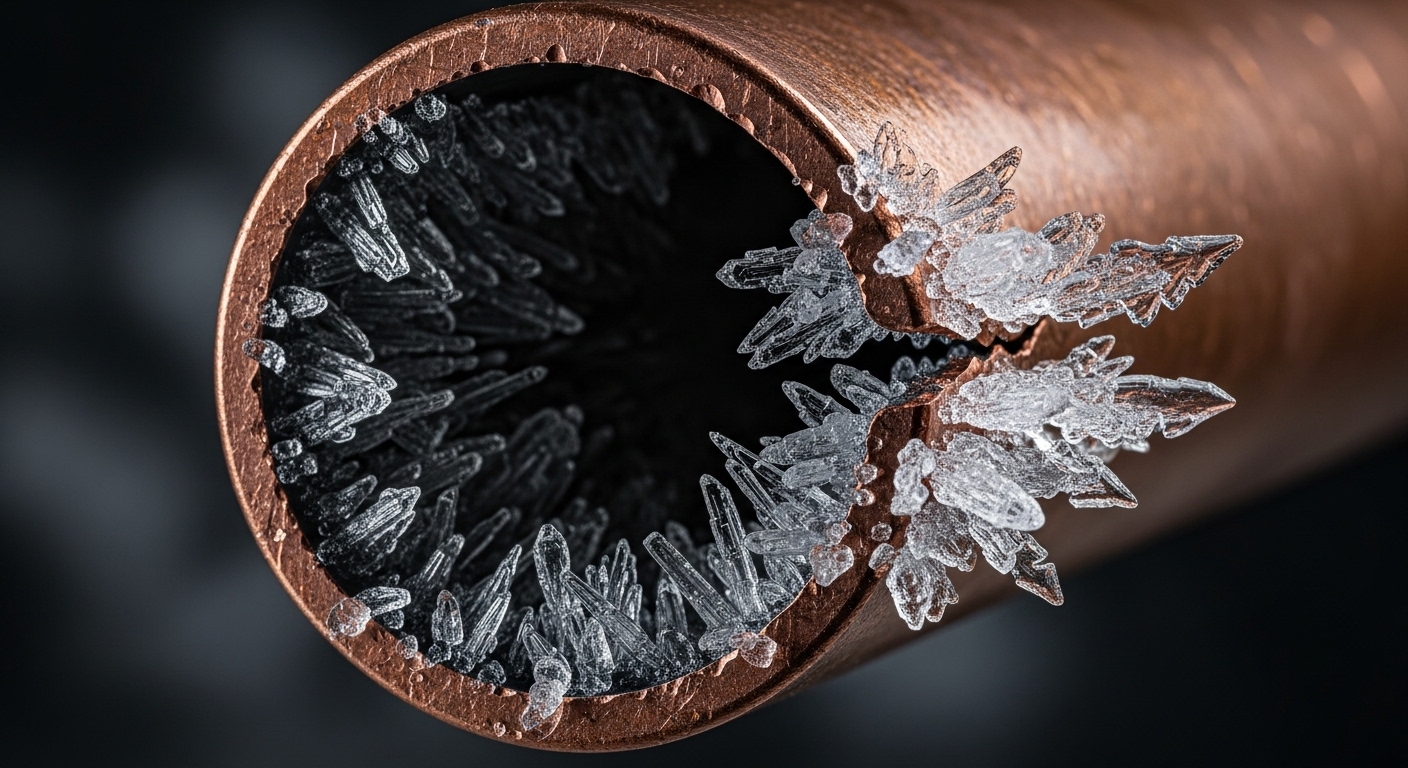
Now that we understand the science, let’s talk about which appliances in your home are sitting targets for freeze damage. Not all appliances face the same risks, and understanding these vulnerabilities helps you prioritize your protection efforts.
Washing machines are probably the biggest threat in most homes. Washing machine hoses usually last about eight to nine years, and if it bursts, it can be disastrous. The average insurance claim for water damage due to plumbing failures is ten thousand dollars, and one of the worst culprits are washing machines. These appliances are particularly vulnerable because they’re often located in basements, garages, or utility rooms that don’t get the same heating as your main living spaces. The supply hoses carry water under pressure, and when that water freezes and expands, the rubber hoses simply can’t handle the stress.
Refrigerators with ice makers present their own unique challenges. The water supply line to your ice maker is typically a narrow copper or plastic tube that runs through unheated spaces to reach your kitchen. Sub-Zero recommends disconnecting the water supply to the icemaker during the winter months to prevent water from freezing in the supply line and causing damage to the icemaker. Even when your kitchen stays warm, that supply line might run through an exterior wall or unheated crawl space where freezing is more likely.
Dishwashers might seem safer since they’re usually in heated kitchen spaces, but they face a different vulnerability. The water supply line to your dishwasher often runs along exterior walls where temperature drops can affect the plumbing. Additionally, if you have a dishwasher in a kitchen island or peninsula, those supply lines might run through areas with less insulation. Frozen pipes restrict water flow, leaving your appliances unable to function properly, and the damage often isn’t discovered until you try to run a load and find no water coming in.
Water heaters, while not technically appliances in the same sense, face freeze risks when they’re located in unheated garages or basements. The supply lines, drain valves, and even the tank itself can be damaged by freezing conditions. What makes water heater freeze damage particularly expensive is that it often requires both appliance replacement and significant plumbing work to restore your home’s hot water supply.
One thing I’ve noticed from talking to local repair technicians is that newer homes aren’t necessarily safer. Modern construction often places utility connections in areas that save space but may not provide adequate freeze protection. Townhouses and condos in developments like Port Haney or Webster’s Corners sometimes have appliances in locations that seemed fine in summer but become problematic when winter weather hits.
Prevention Strategies That Actually Work
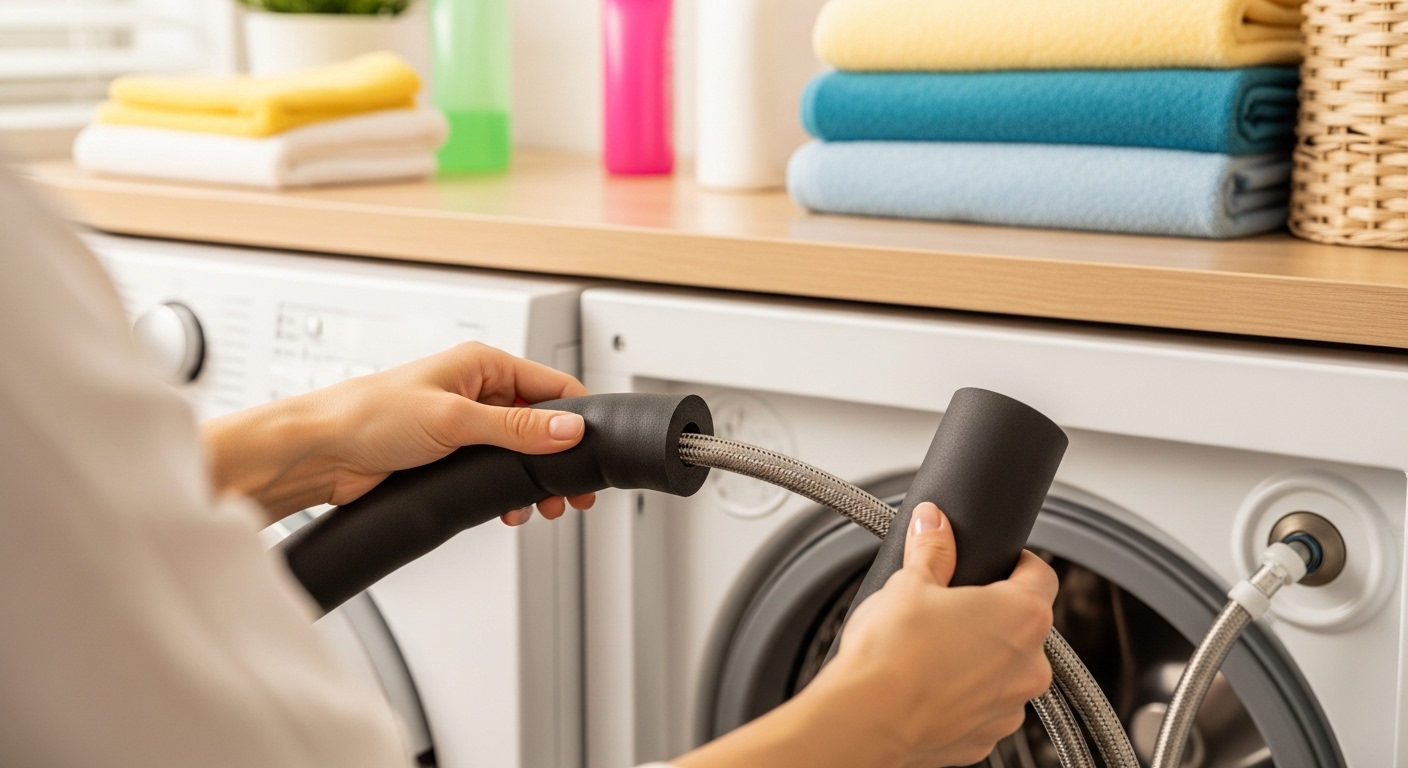
Prevention is where you get the biggest bang for your buck, and I’m talking about simple steps that can save you thousands in damage. The key is understanding that different appliances need different approaches, and what works for your washing machine might not be the right solution for your refrigerator’s ice maker.
For washing machines, the gold standard is installing an automatic shutoff system. These devices cost around $300 but can prevent tens of thousands in water damage. The system includes sensors that detect leaks and automatically shut off water supply when problems occur. Beyond that, you want to insulate any exposed water lines leading to your washer. You can use foam pipe insulation or wrap the pipes in electrical heat tape for extra protection in extreme conditions.
Refrigerator winterization requires a different approach entirely. If your fridge has an ice maker, you’ll want to turn off and disconnect any water lines connecting the unit to the wall during the coldest months. Allow the water to drain fully from the line, and consider having a professional install a shutoff valve specifically for your ice maker if you don’t already have one. This lets you maintain refrigerator function while protecting the most vulnerable water connection.
Dishwasher protection focuses mainly on the supply line insulation and maintaining adequate room temperature. Since dishwashers are usually in heated spaces, the biggest risk comes from supply lines running through exterior walls. Installing pipe insulation in crawl spaces or wall cavities where the supply line runs can prevent most freeze problems. If your dishwasher is in a kitchen that gets cold (maybe above a garage or in an addition), consider installing a small space heater with a thermostat to maintain minimum temperatures.
Here’s a game-changing strategy most

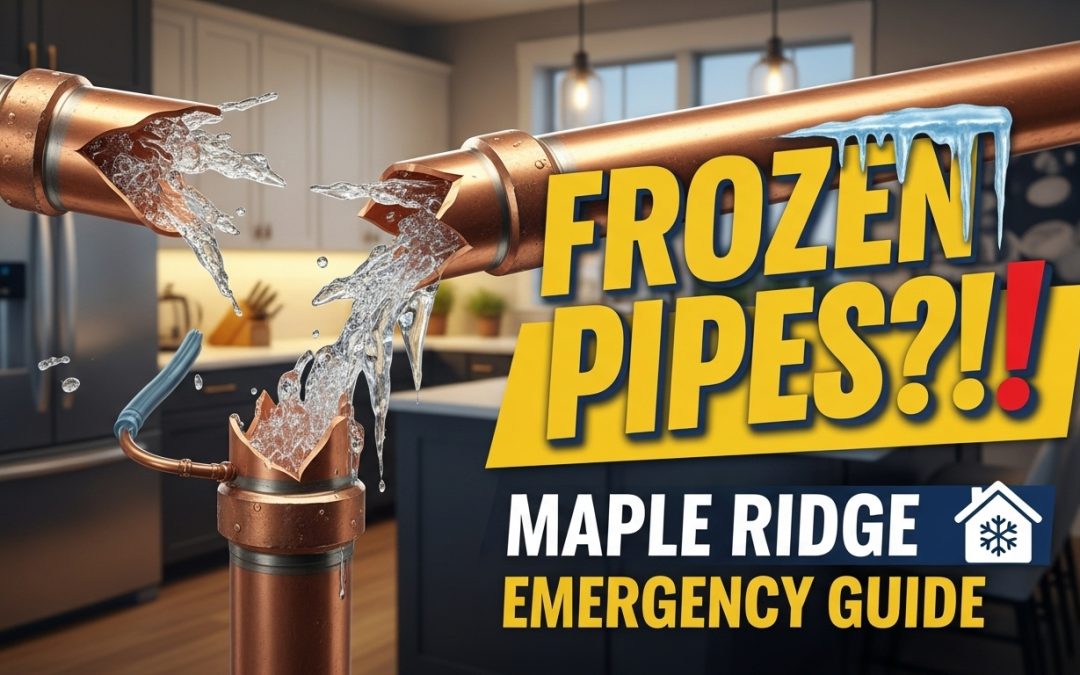
Recent Comments